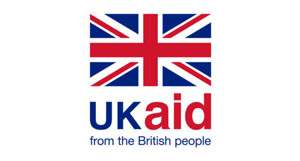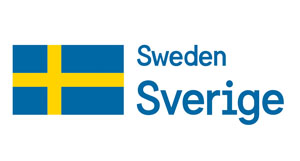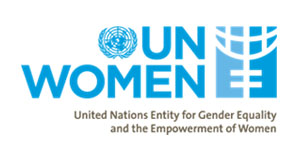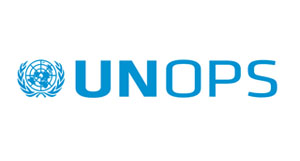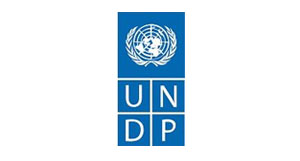A very unique geographical condition, tropical monsoon, flat topography and dense population have made Bangladesh forever susceptible to the natural disasters. However,in recent years, Bangladesh has achieved tremendous progress as a nation and already been recognized as the Role Model of Disaster Management in the world. Being the chair of Climate Vulnerable Forum,Bangladesh is also playing a key role in disaster risk management planning, policy formulation and implementation.
In Bangladesh, the past decade has seen a paradigm shift from disaster management to disaster risk reduction, achieved with the ownership of the Government of Bangladesh (GoB) and significant support from development partners and the UN system. However, while disaster risk management is a major feature of the country’s 7th and 8th Five Year Plans and a national disaster risk governance system has been established, addressing disability & gender responsiveness in DRR and capacity gaps remain to ensure effective implementation. Taking into account growing government annual development budgets, its extensive portfolio of social safety nets, and the likelihood of declining international aid, the National Resilience Programme does not aim to implement local risk reduction activities at scale but is providing strategic support to enhance government capacity to do so through its structures and programmes. The joint programme focuses on developing replicable, cost-efficient, and gender-responsive models for disaster risk reduction and resilience-building, in line with the Sendai Framework for Disaster Risk Reduction (SFDRR) and the Sustainable Development Goals.

